Honeycomb Panels by Sing Homes
The term “honeycomb” seems to be occurring with greater frequency these days (see the Rassadin Beehouse Lamp and Beijing Cubism) in design and architecture venues, and it’s not only because industry denizens are re-discovering the snack foods of their youth.
Super Honeycomb MDF Substrate. Manufactured by Sing Homes.
As any engineer worthy of his (or her) pocket protector will affirm, nature is rife with examples of efficient design. Just so, the vaunted honeycomb of bumble bee fame presents a lesson for us all. This miraculous structure is soundproof, structurally strong, and aesthetically captivating, but, most importantly, incredibly lightweight. Aerospace and marine manufacturers seized on the design principles of the honeycomb some time ago, the result being a proliferation of strong, lightweight panels for a variety of applications (marine bulkheads and floor panels for jets and helicopters are among the more pedestrian; generator housing, solar panels for satellites, and skins for radar and weather stations among the more arcane).
Thankfully, someone has conceived of a way to bring this engineering innovation into architecture and home construction. Sing Homes of McLeary, Washington presents a patented Honeycomb MDF substrate technology. Translation? A new material for the manufacturer of wall panels, casegoods, doors, roof decks, structural beams, furniture, and modular window frames. If this is too many potential uses (and there are many more, believe me) to process at once, it might help to consult the inventor of this incarnation of the honeycomb core, one Peter Sing: “the Sing Honeycomb process is based on a very simple idea: it takes less wood fiber to provide the same strength-and with a better insulation value-than solid wood. Take 100% of the wood fiber out of the solid wood and put back 10% of that wood fiber integrated into vertically structured foam and arranged in geometrical shapes.” And Voila!-solid wood becomes a lightweight panel with great sound damping and insulative properties.
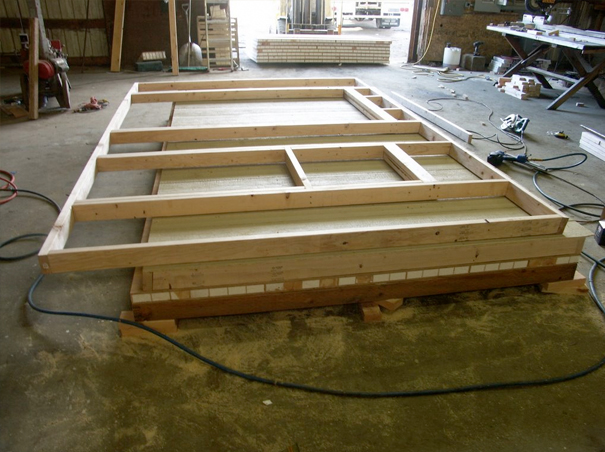
Conventional frame structure for wall combined with lightweight honeycomb panel as roof and floor. Honeycomb panel made with patented Sing honeycomb core its low cost, high strength, lightweight panel.
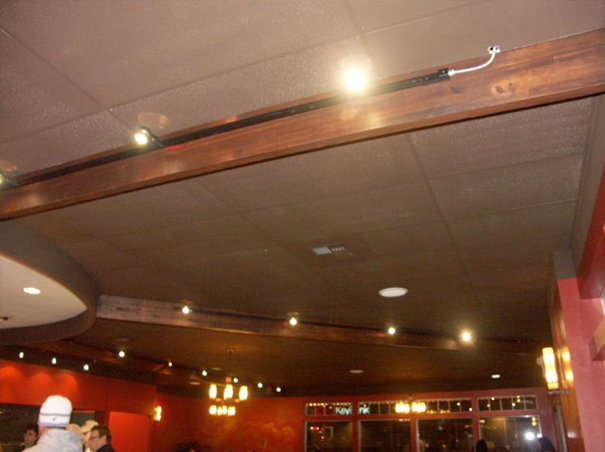
Honeycomb beam made with Sing Honeycomb core is lightweight and easy to handle.
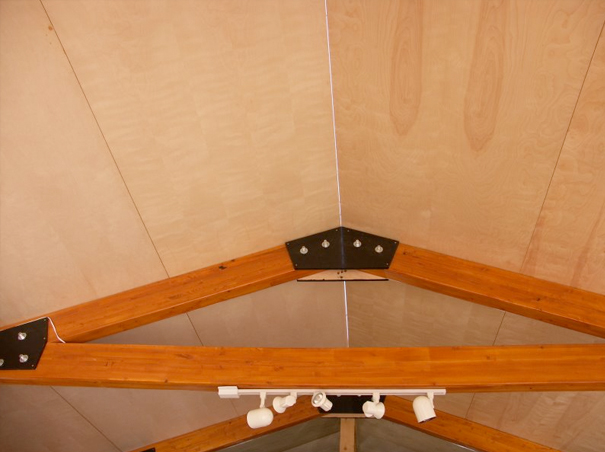
This roof system is made of Sing honeycomb beam and Sing honeycomb panels.
Sing offers the honeycomb panel in a rainbow of succulent flavors: thicknesses from one to six inches; custom-milled lengths and widths; a variety of wood laminates for skins; alternative skins like polypropylene, stainless steel, and aluminium; custom details such as exposed or enclosed edges; custom implants for fastening.
Beyond the appeal of a new technology that creates new options, the industry can sing (my apologies, but how could I resist?) the praises of sustainability since Honeycomb panels are intrinsically ‘green’: because they’re, in effect, “made of air,” they represent tremendous reductions in resource use; further, their light weight translates into terrific savings in transportation costs. I think that seals the deal…

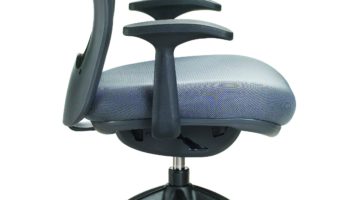
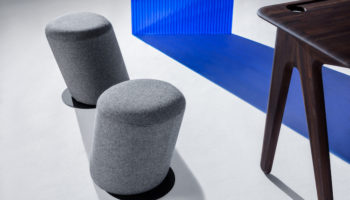

Leave a Reply